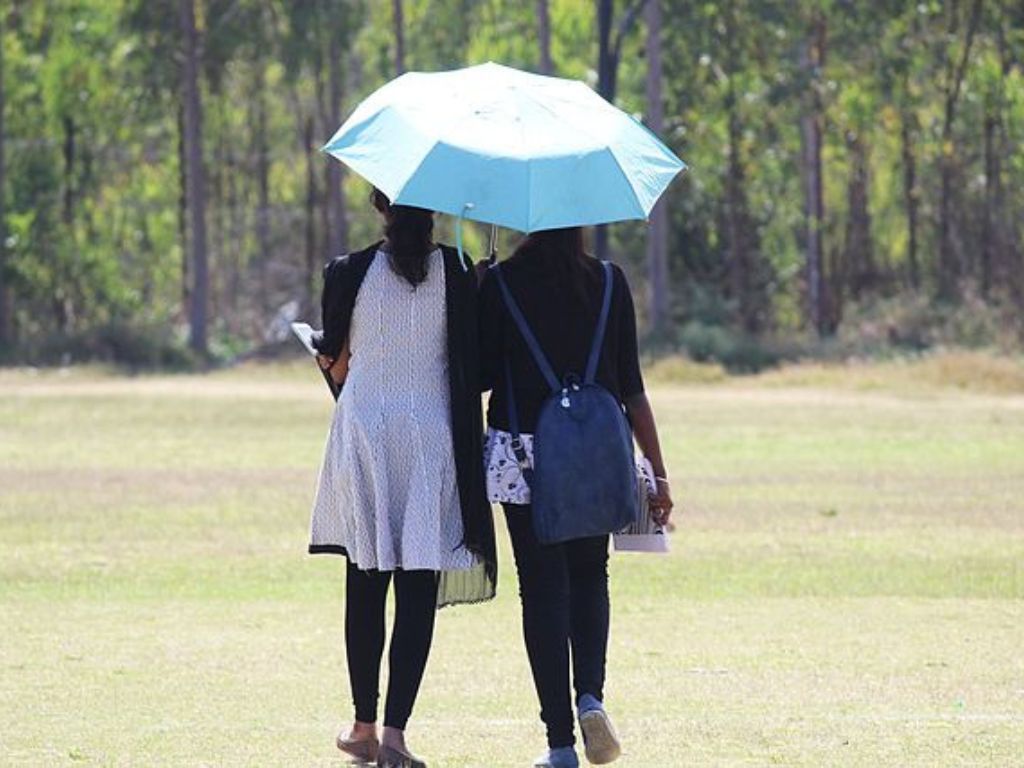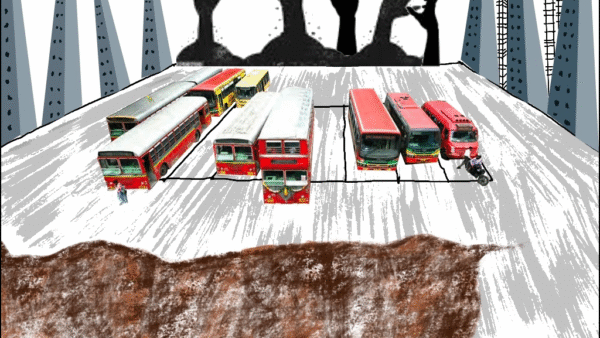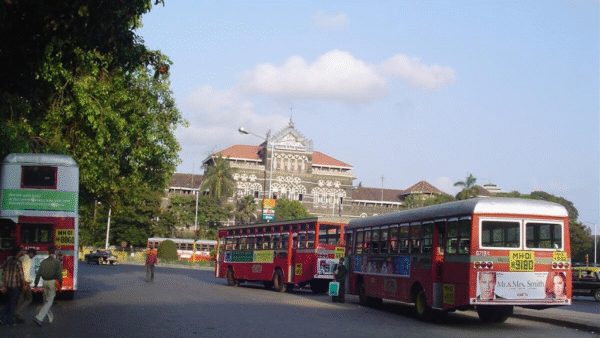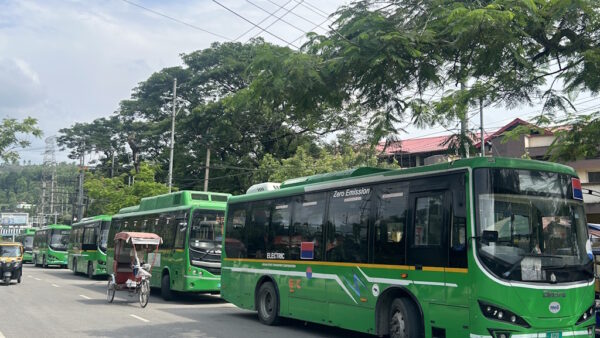Thirty-year-old Mahima Thakur was working from her hometown Shimla throughout the lockdown months during the Covid-19 pandemic. Now, she is looking to move to Gurgaon for a new job. And is busy doing house-search.
Thakur, who lived in Mumbai earlier for career purposes, did not know what was in store for her in Gurgaon. She was piqued by the concept of ‘builder floor’ homes, relatively cheaper to rent than homes in gated housing societies, which are two-three-storey houses but do not boast of amenities that the gated complexes have. But the cheaper rent comes with expensive electricity and lack of safety.
The latter made Thakur expand her house-search to gated societies that may offer some security to a single woman. However, she has been rejected by three house owners because she is single. She tried to fit herself into the “family category” by explaining that her mother would be visiting and living with her frequently, but it did not cut ice, making her wonder if she will be able to take up her new job in Gurgaon. “They only prefer married couples as tenants. What if I decide to not get married and live alone. Will I always face ire while living in a city,” she asked.
Restrictions, curfews only for women
Single women are not included in the concept of housing – it has been structured for families living in apartments, independent homes, and housing societies. City plans, when they do focus on housing, do not take into consideration that women moving away, alone, from their families would need accommodation too. In the absence of private accessible accommodation, women of middle classes fall back on the few public hostels that some cities have.
However, here, they must put up with curfews and restrictions. Constant monitoring and control by hostel wardens are a hurdle for women who work night shifts or irregular work hours. Some women who manage to get their desired houses on lease have to deal with house owners imposing riders on who they bring home (people of the same sex and gender) and get “permission” from parents if they stay out for a few days. These restrictions are often not imposed on men.
Koyena Saha, 25, an experience designer from Kolkata, moved to Bengaluru in May this year. Saha found a flat and paid the token amount after which, the house owner told her that she could not bring home friends of any gender, play music in the house, or have parties since this was a residential area. She went along because she wanted the work assignment.
If women’s single status irks house owners in “good” housing societies, then women with partners pose a bigger problem. After Saha found a house on lease, her partner coming in from another city to help her move raised many eyebrows. To quieten nosy neighbours and sundry others, she introduced him as her fiancé. “I had to divulge unnecessary personal details to convince them that it was appropriate for me to live in this area. House owners behave like we (women who live alone) will defame the housing society by calling friends or boys to our house.”
Many single working women have to deal with house owners who chalk out a long list of dos and don’ts, making it difficult for them to rent houses. Amita Sana, 24, a UI/UX designer from Hyderabad, moved to Bengaluru after her company’s working model turned hybrid. She lived in a PG for six months as she could not find a house. The brokers would not show her around residential or family-friendly localities because landlords in these areas were against renting houses to bachelors. When she did find a house that she liked, the house owner told her and her housemates that they had to be home before 9pm, could not invite boys over and also had to have their parents inform the landlord if they had to go out of town.
No amount of influence or popularity can spare a single woman from being subject to the infantilisation impinged upon them in the house-hunting process. A famous television personality once had to fly down from Delhi to Mumbai to talk to his daughter’s prospective house owner in south Mumbai and assure the latter that the grown woman had the character to be rented a house to. She, a trained lawyer working with a well-known legal firm, could not escape the scrutiny. The house owner had refused to sign the lease papers without meeting at least one of her parents.
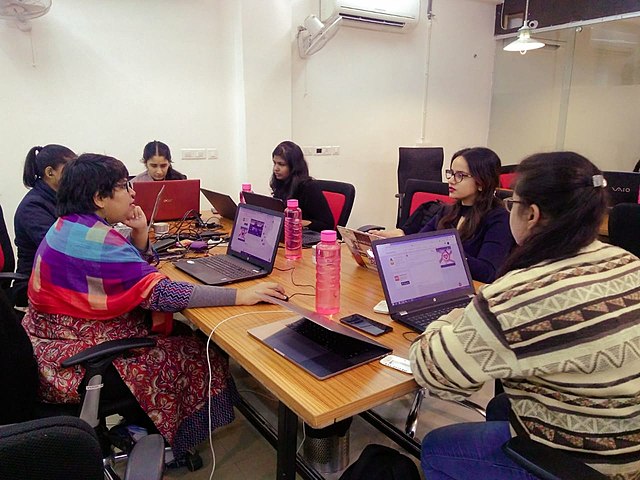
Photo: Creative Commons
A constant juggle to stay safe
For women, wanting to lead better lives is not only about finding a house in a new city — it’s also about how they assert themselves so that people do not take advantage of them. It is a constant exercise of setting boundaries for others, to juggle between asserting herself and keeping herself safe. Sana had to deal with brokers who would constantly talk over her. She said, “When you’re negotiating the deposit with brokers or landlords, some of the men dominate because you’re a woman. They speak over you, they don’t let you negotiate, and when you do negotiate they make you feel like you don’t know enough.”
Women bear it all just to be able to live in a city. Away from the control of their watchful families, they finally get to experience life as individuals. The idea of living alone might be daunting for some women, making them opt for hostels where some chores are taken care of – food is cooked, washrooms are cleaned, and electricity bills are paid. But hostels have restrictions — curfew time, no outside food, and no guests. Most hostels and paying guest accommodations are designed such that the residents directly go to their rooms with limited spaces to be social. In several instances, these forms of alternative housing are not accessible because they have a long wait list of applicants.
Safety is still a major concern for women. Often, it comes at a cost. Formal workers can live in hostels, paying guest accommodations or flats. Informal women workers who live a hand-to-mouth existence, often to support their families, lack safe accommodation. How will they pay for a safe home if they have to send money home?
Housing hurdle for women
Historically, settlements like chawls in Mumbai have served as a place for men who worked in the mills to inhabit these small, congested rented spaces in shifts. Some caught up on sleep while the rest went to work. They could all send home what they earned. Women, however, would and still have to worry about safety, in any space.
Dr Nandita Shah, co-founder of Akshara and a member of the ‘Gender and DP’ group of Mumbai that advocated for the inclusion of gender in Mumbai’s Development Plan, points out that despite Mumbai being India’s financial capital, it has only 16 per cent women workforce – an abysmal number compared to the national average of 27 per cent. “Financial independence is critical for the empowerment of women and that’s why we believe that women need to join the workforce and to contribute to the society at large,” she said.
The ‘Gender and DP’ group has been instrumental in starting the conversation on gender mainstreaming, urban planning, urban governance or urban management structures. One of the facilities that they have been pushing for under the expertise of architect Shimul Javeri Kadri is the multipurpose housing for women in all of Mumbai’s 227 civic wards. After surveying several women’s hostels in Mumbai, the group opined that women should not have any restrictions – they are adults who can look after themselves.
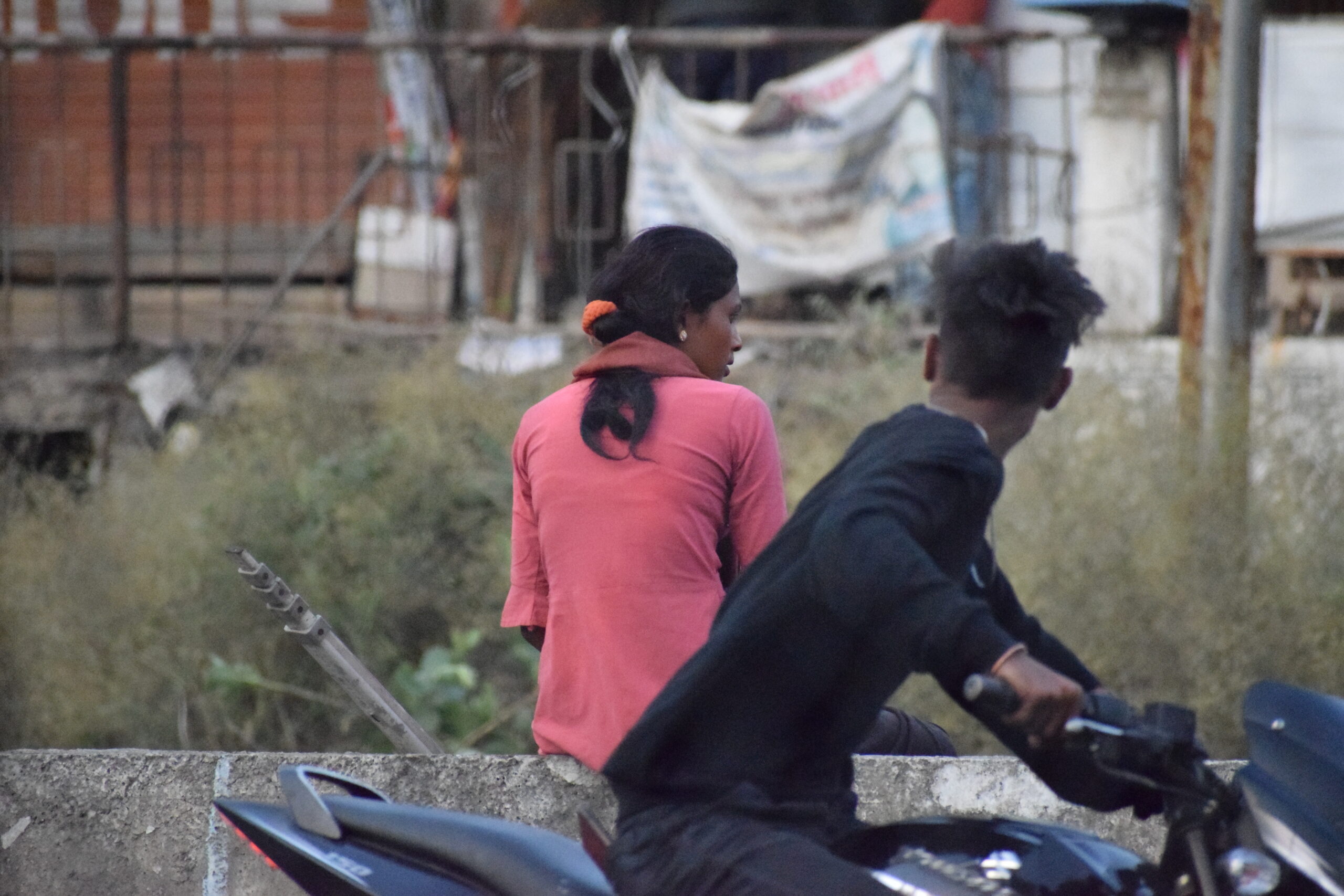
Photo: Dnyaneshwari Burghate
Affordable housing for all
Women who come to the city for a short while, especially to look for jobs, have no place to stay. The group felt the need to create places, which can be used by different groups of people and women. Dr Shah says, “We felt that the government should make provisions for women to get accommodation in a city like Mumbai. It should be like a working women’s houses, which allows for a short stay and also a long-term housing for three years.”
Explaining why the group is pushing for multipurpose housing and not just hostels, she said, “We have also included short-term centres for women in case of emergencies. When women face domestic violence, there isn’t any shelter where they can go to. Why do such shelters have to be separate? Why can’t it be with other working women as they can help those facing challenges? It also connects them to the other world. That’s why we’ve designed the concept of multipurpose housing to allow it to have these community spaces for interactions. By design, it is meant that you don’t just go to your room, you go through a common space that makes it possible for you to socialise more.”
Nikita Shisode, 25, works as assistant to film directors. She moved from Pune to Mumbai last year. Shisode’s profession invited untoward glances from homeowners who, until knowing her job, are open to rent but decline once they know her work. But that is not all. She was looking for a flat with three other women, one of whom was accompanied by her male partner. “She would bring him along to show him the place. Every homeowner we met made sure to enquire about how he was related to us. Once we saw a flat we liked, the owner seemed happy with us too. But as soon as she told the owner that the guy accompanying us is her boyfriend, the owner rejected us and gave it to a family. After a point, it made her so uncomfortable that she started telling everyone that he’s her brother,” Shisode said.
The women finally landed a lease but their problems did not cease even after they moved in. The broker who got them the flat began harassing them because they had not, according to his version, paid the full brokerage amount. “When we did not heed this, he called one of my roommates to say ‘Yahan pe bohot time se broker ka dhanda kar raha hoon. Aap chaar ladkiya hi ho aur meri iss area mein bohot pehchaan hai.(I have been in the business of brokering for many years now. It’s just the four of you girls here and I know many people in this area)’. Then he casually mentioned that he intended to contest the upcoming elections on a BJP ticket,” Shisode said. The women feel unsafe.
The lack of accessible and affordable housing is a hurdle for women who come to cities to work. Multipurpose housing could help working women in the formal sector with an affordable housing option. The group is also looking at providing childcare centres and senior citizens’ care centres to relieve some of the burdens of working women.
These facilities may help women join the workforce, and perhaps ease the patriarchal restrictions. The more we delve into women and housing in cities, the deeper we realise the fault lines are in our cities’ plans. There is a persistent gap between including women in planning cities and actually implementing the suggestions. We need urban planning that is inclusive and gender-sensitive, spaces where women feel safe, and housing which comes without restrictions. Unless this is done, at least some women will be forced to drop out of the workforce.
Jashvitha Dhagey developed a deep interest in the way cities function, watching Mumbai at work. She holds a post-graduate diploma in Social Communications Media from Sophia Polytechnic. She loves to watch and chronicle the multiple interactions between people, between people and power, and society and media.
Cover photo: Creative Commons

